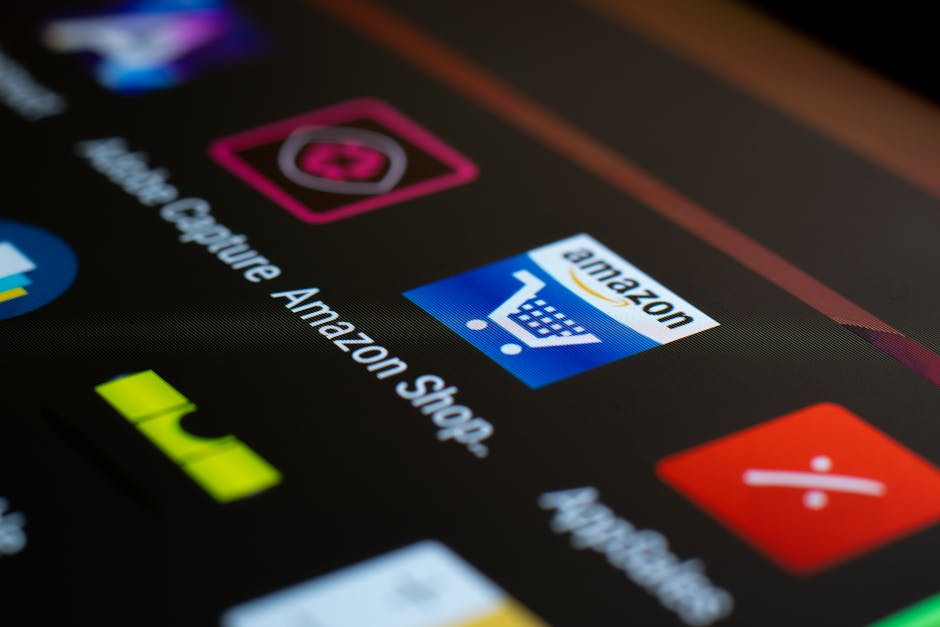Future-proof product development with UX is the cornerstone of next-level innovation in 2025 and beyond. As businesses strive to stay ahead, integrating user experience (UX) into every stage of product development is no longer optional—it’s a strategic imperative. At InnExo, we believe that the intersection of product development and UX is where transformative ideas are brought to life, driving customer loyalty and sustainable growth.
The Evolving Landscape of Product Development & UX

Photo by Sagar Soneji on Pexels
The landscape of product development and UX is rapidly evolving, shaped by technological advances, shifting user expectations, and a heightened focus on ethical and sustainable design. In 2025, product teams are expected to work more collaboratively, breaking down silos between designers, developers, and stakeholders. This collaborative approach fosters a culture of innovation, enabling teams to iterate quickly and respond effectively to market changes.
AI-driven tools are transforming the way products are conceptualized and delivered. Designers leverage machine learning to analyze user data, predict behaviors, and personalize experiences at scale. This not only streamlines workflows but also allows for more informed decision-making. However, as AI becomes more prevalent, ethical considerations like data privacy and algorithmic bias must be addressed proactively to build trust with users.
Another significant shift is the move toward inclusive and accessible design. Companies are prioritizing products that cater to diverse audiences, ensuring usability for all, regardless of ability. This commitment to accessibility is not just a regulatory requirement; it’s a competitive advantage that broadens market reach and enhances brand reputation.
In summary, the future of product development and UX is collaborative, data-driven, and deeply human-centric. Teams that embrace these principles are better positioned to create products that resonate with users and stand the test of time.
Integrating UX at Every Stage of Product Development

Photo by Vladimir Srajber on Pexels
Integrating UX throughout the product development lifecycle is essential for creating products that delight users and drive business outcomes. The process begins with thorough user research, uncovering pain points, motivations, and unmet needs. By understanding the user’s context, teams can define clear problem statements and set measurable goals.
During ideation, cross-functional teams brainstorm solutions, leveraging diverse perspectives to generate innovative ideas. Prototyping and usability testing follow, allowing teams to validate concepts early and often. Rapid iteration based on user feedback ensures that products evolve in alignment with real-world needs.
UX integration doesn’t stop at launch. Post-release, teams monitor user behavior, collect feedback, and identify opportunities for continuous improvement. This ongoing commitment to refinement ensures that products remain relevant and competitive in a dynamic market.
Successful integration of UX requires strong leadership and a shared vision. Organizations must invest in UX education, foster a culture of empathy, and empower teams to advocate for the user at every decision point. By embedding UX into the fabric of product development, companies can unlock new levels of innovation and customer satisfaction.
Emerging Trends Shaping Product Development & UX in 2025

Photo by Anna Nekrashevich on Pexels
Several key trends are shaping the future of product development and UX in 2025. The integration of artificial intelligence (AI) is at the forefront, enabling hyper-personalized experiences and automating routine design tasks. AI-powered analytics provide deeper insights into user behavior, informing product decisions with unprecedented precision.
Sustainable design is gaining traction as users become more eco-conscious. Digital products are being designed to minimize energy consumption, reduce electronic waste, and promote responsible use of resources. Companies that prioritize sustainability not only meet regulatory requirements but also appeal to a growing segment of environmentally aware consumers.
Immersive technologies such as 3D, augmented reality (AR), and virtual reality (VR) are transforming user interactions. These technologies create engaging, interactive experiences that blur the lines between digital and physical worlds. As hardware becomes more accessible, expect to see broader adoption of immersive design across industries.
Accessibility and inclusivity remain top priorities. Products are being designed with diverse user needs in mind, ensuring that everyone, regardless of ability, can access and benefit from digital solutions. Ethical considerations, such as data privacy and transparency, are also central to building trust and long-term user relationships.
In summary, the future of product development and UX is defined by AI-driven personalization, sustainability, immersive experiences, and a steadfast commitment to accessibility and ethics.
Best Practices for Future-Proofing Your Product Development Process

To future-proof your product development process, it’s essential to adopt best practices that align with evolving user needs and technological advancements. Start by fostering a user-centric culture, where empathy and understanding drive every decision. Invest in comprehensive user research to uncover insights that inform design and development.
Leverage agile methodologies to enable rapid iteration and continuous improvement. Agile teams can respond quickly to feedback and changing market conditions, ensuring that products remain relevant and competitive. Encourage cross-functional collaboration, breaking down barriers between design, development, and business teams.
Embrace AI and automation to streamline workflows and enhance decision-making. Use data analytics to track key performance indicators and identify areas for optimization. Prioritize accessibility and inclusivity, ensuring that products are usable by all members of your target audience.
Finally, commit to ethical design practices. Be transparent about data usage, address potential biases in AI algorithms, and prioritize user privacy. By adhering to these best practices, your organization can build products that are not only innovative but also responsible and sustainable.
Actionable Steps to Align UX and Product Development for Next-Level Innovation

Photo by Miguel Á. Padriñán on Pexels
Achieving next-level innovation requires deliberate alignment between UX and product development. Begin by establishing clear communication channels between teams, ensuring that everyone shares a common vision and set of goals. Create cross-functional squads that bring together designers, developers, product managers, and stakeholders to collaborate from ideation to launch.
Implement regular user testing and feedback loops throughout the development process. Use prototypes and MVPs (Minimum Viable Products) to validate assumptions and gather actionable insights. Encourage a culture of experimentation, where teams are empowered to test new ideas and learn from failures.
Invest in ongoing education and training to keep teams up-to-date with the latest UX and product development trends. Provide access to cutting-edge tools and resources that enable efficient collaboration and innovation. Celebrate successes and learn from setbacks, fostering a growth mindset across the organization.
By taking these actionable steps, your organization can bridge the gap between UX and product development, unlocking the full potential of your teams and delivering products that exceed user expectations.
Measuring Success: Metrics for Product Development & UX

Measuring the success of product development and UX initiatives is critical for continuous improvement and long-term growth. Start by defining clear, measurable objectives aligned with business goals and user needs. Common metrics include user satisfaction (measured through surveys and Net Promoter Scores), engagement rates, retention, and conversion rates.
Track usability metrics such as task completion rates, error rates, and time on task to assess the effectiveness of your designs. Use analytics tools to monitor user behavior, identify drop-off points, and uncover opportunities for optimization. Regularly review and analyze feedback from support channels, social media, and user communities to stay attuned to evolving needs.
Incorporate qualitative insights from user interviews, usability tests, and field studies to complement quantitative data. This holistic approach provides a comprehensive understanding of user experiences and informs future product decisions.
By establishing robust measurement frameworks, organizations can demonstrate the value of UX, justify investments, and drive continuous improvement across the product lifecycle.
The Future of Product Development & UX: What to Expect

Photo by Michelle Leman on Pexels
The future of product development and UX is bright, characterized by rapid technological advancements, increasing user expectations, and a growing emphasis on ethical and sustainable practices. As AI, immersive technologies, and data analytics continue to evolve, product teams must remain agile and adaptable.
Organizations that prioritize user-centricity, foster cross-functional collaboration, and invest in ongoing learning will be well-positioned to lead the next wave of innovation. The integration of accessibility, inclusivity, and ethical considerations will become standard practice, shaping products that are not only functional but also responsible and impactful.
At InnExo, we are committed to helping businesses navigate this dynamic landscape. By embracing future-proof product development with UX, you can unlock new opportunities, delight your users, and achieve sustainable growth in an ever-changing world.
Sources
- https://trends.uxdesign.cc
- https://www.nngroup.com/articles/ux-reset-2025/
- https://www.uxdesigninstitute.com/blog/ux-design-trends-in-2025/
- https://careerfoundry.com/en/blog/product-design/product-design-trends
- https://www.behance.net/gallery/209674381/Design-Trends-2025?locale=en_US





